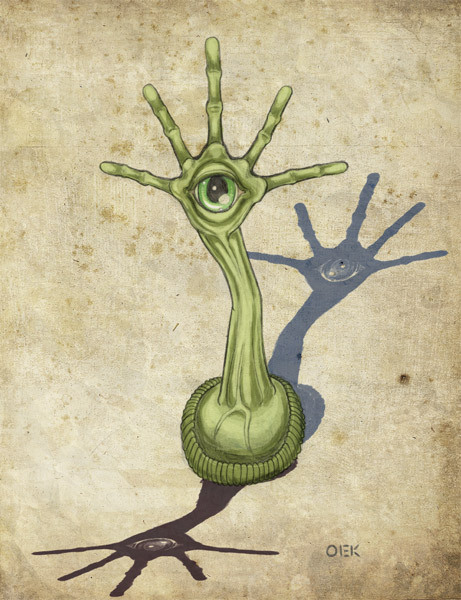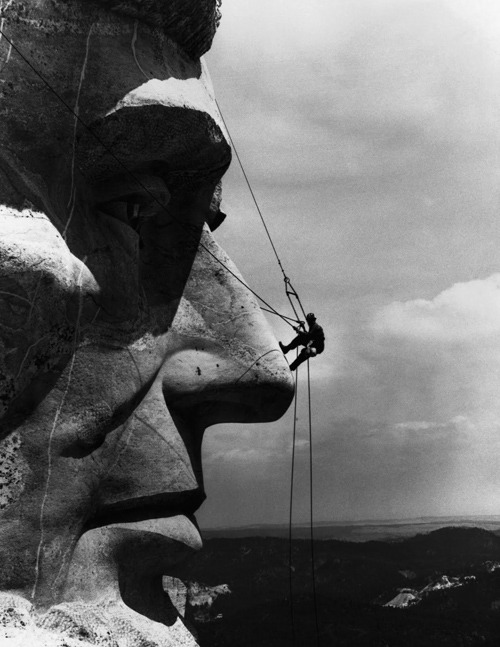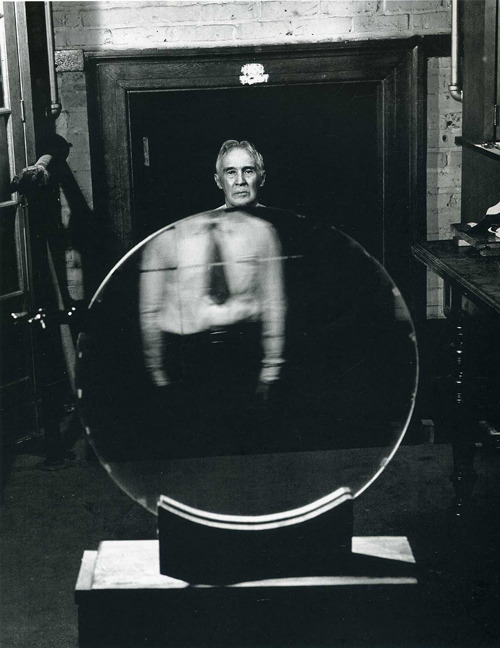Slaughterhouse Five is becoming impossible to interpret. As I read on I find more styles, references, and hidden morals. I find myself wanting to comment on every single phrase in the book. There are however some parts that are more important than others. For example in Diego Rodriguez’s post, he wrote of how the Tralfamadorians had basically the same ideologies to the author, the book, and the characters. I couldn’t agree more. As we read on, Tralfamadorian concepts keep popping up. Diego used the example of how both the Tralfamadorian’s books and Slaughterhouse five appeared to be in the same form. They are described as pictures. I agree with the explanation the aliens give, you could only perceive it when “you saw the big picture”. This metaphor could be extended even further because these moments aren’t static they are always happening. A good representation might be the moving paintings in bestseller, Harry Potter. In the book, “magic” paintings are like living characters and are always “alive”. This might be an even better metaphor, for in the book moments are described as happening constantly.
Diego continues on and relates the “So it goes” with the concept of destiny, explained at the end of Chapter 5. As Diego, I also related them as when I read the concept. The book with the catchy phrase of “so it goes” accepts death as an unstoppable force. Both the writing and the Tralfamadorians have this ideology. Billy believes in this too, in his speech in Chapter 6 he says, “If you protest, if you think death is a terrible thing, then you have not understood one word I’ve said.” Once again, a reflection of the alien ideologies in the overall book and characters.
I agree with Diego’s conclusion, the Tralfamadorians are an invention of Billy’s. The author of the blog post traces it back to Kilgore Trout’s books. Billy reads these books in the veteran’s mental hospital. They seam as Billy’s last resort hold on to something, to avoid going mad. I heavily relate this to the movie Memento directed by Christopher Nolan. In the movie, Leonard Shelby, the main character, has a problem with his memory; he can’t remember anything new since the accident. Spoiler Alert, at the end we learn that he created a goal to base his life around. Find the murderer of his wife. We learn that he has already found him yet continues the search. As Billy, he sub concisely knows he invented it so that they would have something to hold on to. Yet in his concise personality they believe it by heart. The Tralfamadorians are a way for Vonnegut to explain his ideals.









